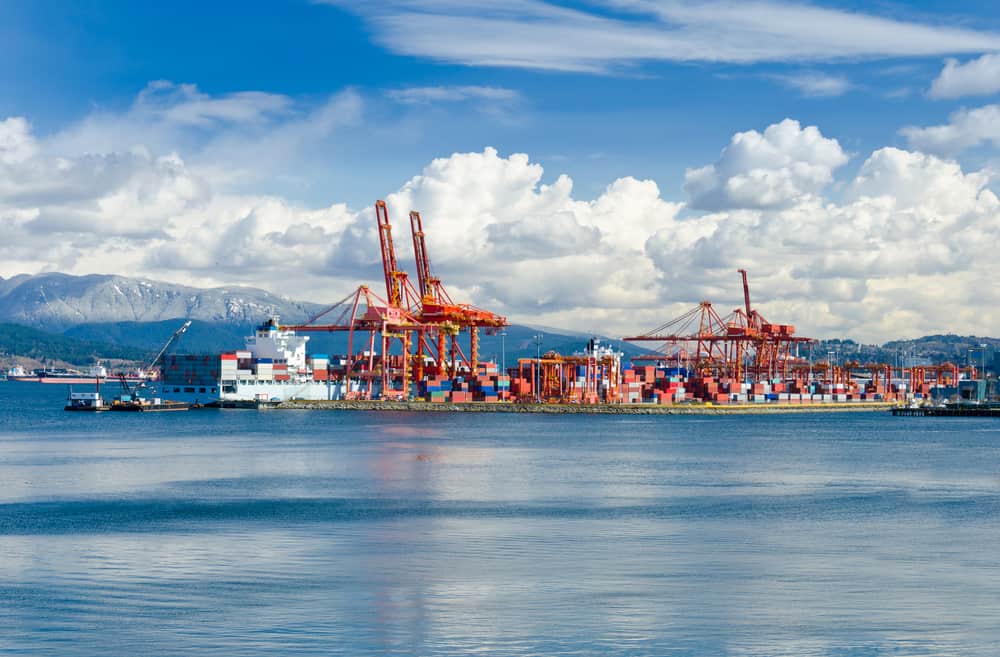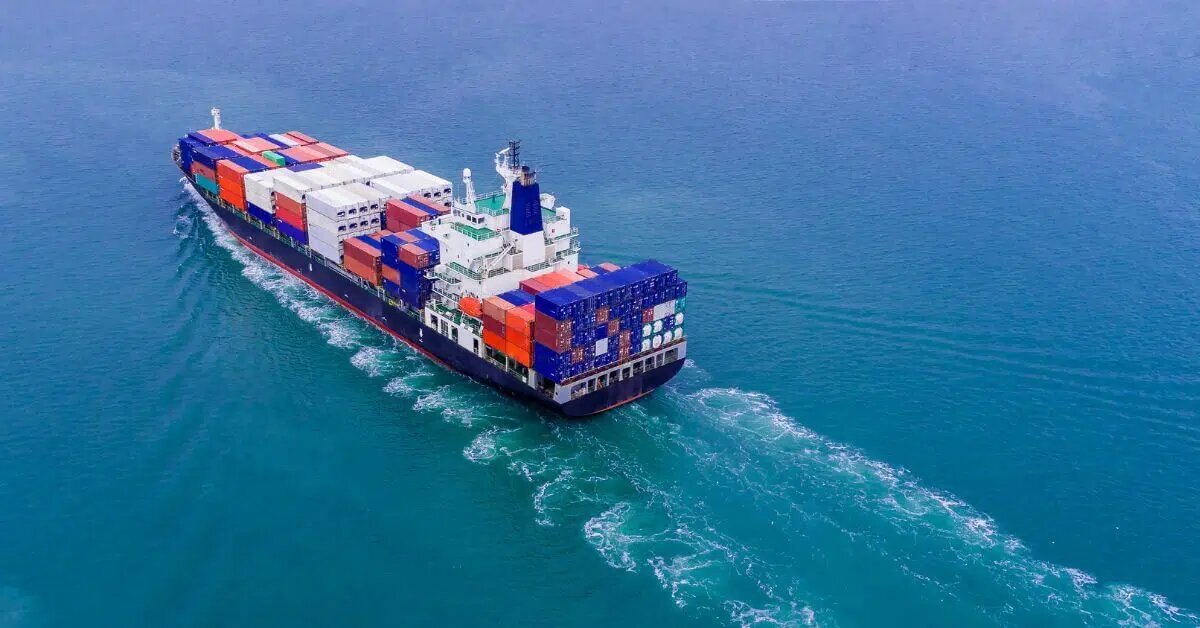- Trump, Stubb sign icebreaker pact at White House.
- U.S. to acquire up to 11 Arctic security cutters, four from shipyards in Finland.
- Stubb plays down Kremlin’s near-term threat to NATO; implores allies to be more “Finnish.”
U.S. President Donald Trump and Finnish President Alexander Stubb signed a memorandum of understanding to provide the U.S. Coast Guard with up to 11 new Arctic security cutters, reports Reuters.
The agreement marks a significant step in bolstering American maritime presence and operational capability in the Arctic region.
Finland to Build, U.S. to Benefit
Under the deal, four of the vessels will be built in Finland, with the remaining seven constructed in the United States using Finnish technology and expertise. The estimated cost of the entire program is around $6.1 billion.
President Trump praised Finland’s shipbuilding excellence, calling their icebreakers the “finest in the world.” President Stubb echoed the sentiment, describing the deal as a “huge strategic decision” for both nations.
Three of the U.S.-built ships will be constructed by Davie in Galveston, Texas, while four more will come from Bollinger Shipyards in Houma, Louisiana. This domestic production is expected to stimulate local economies and create hundreds of jobs. The first icebreaker is scheduled for delivery by 2028.
Currently, the U.S. Coast Guard operates only two Arctic security cutters, highlighting the urgency and scale of the new agreement.
Arctic Strategy and NATO Solidarity
During the Oval Office announcement, President Trump reaffirmed U.S. commitment to Finland’s security as a NATO ally, particularly in the face of increasing Russian interest in the Arctic. While Trump downplayed the likelihood of direct aggression from Russia, he emphasized the importance of preparedness.
President Stubb, however, cautioned against overreaction. He said Russia does not currently pose an imminent military threat to Finland and urged NATO partners to remain calm and strategic in their approach.
Finland leads the global market in icebreaker design and construction, with approximately 80% of all icebreakers designed by Finnish engineers and 60% physically built in Finnish shipyards. The deal is expected to further strengthen Finland’s reputation as a world leader in Arctic maritime technology.
Navigating Legal Barriers
Although the U.S. Jones Act typically restricts foreign shipbuilding involvement in U.S. waters, icebreakers fall outside its traditional scope. Legal interpretations and presidential authority have allowed the inclusion of foreign-built vessels under specific exemptions.
Beyond the icebreaker agreement, the two leaders also discussed the war in Ukraine. Stubb has positioned Finland as an active communicator between Kyiv, Washington, and European allies. He emphasized that while military plans may be largely determined, significant political negotiations still lie ahead.




